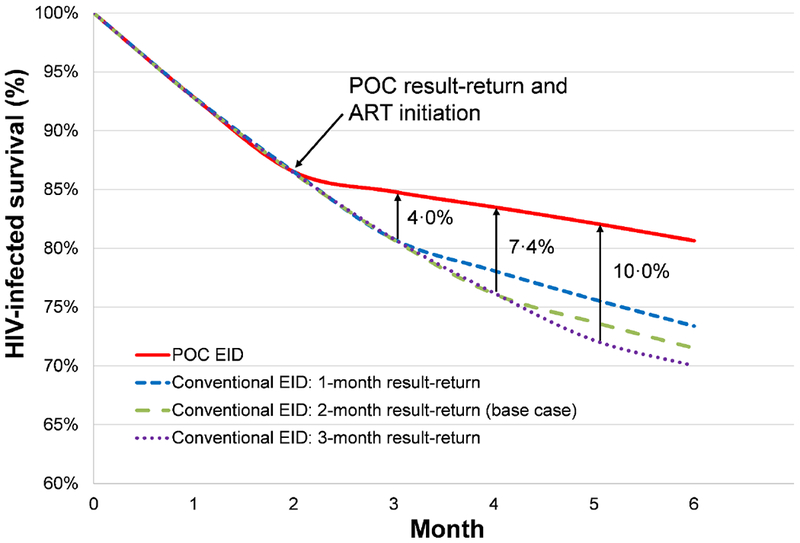Figure 1. Early HIV-infected infant survival.

Survival for HIV-infected infants through the first 6 months of life, with HIV-infected infant survival percentage along the vertical axis and time, in months, along the horizontal axis. Survival curves for HIV-infected infants undergoing EID at 6 weeks of age are shown: POC EID (red solid), and conventional EID with a 1-month (blue short dash), 2-month (green long dash, base case value), and 3-month (purple dotted) result-return time. The point at which infants in the POC EID strategy receive results and initiate ART is marked with an arrow at the start of Month 2. Subsequent arrows mark the points at which infants receive results and initiate ART in each of the conventional EID strategies. The absolute difference in survival between each of the conventional EID strategies and the POC EID strategy at respective times of result-return and ART initiation are shown to the right of each arrow.
Abbreviations: HIV: human immunodeficiency virus; POC: point-of-care; EID: early infant HIV diagnosis.
